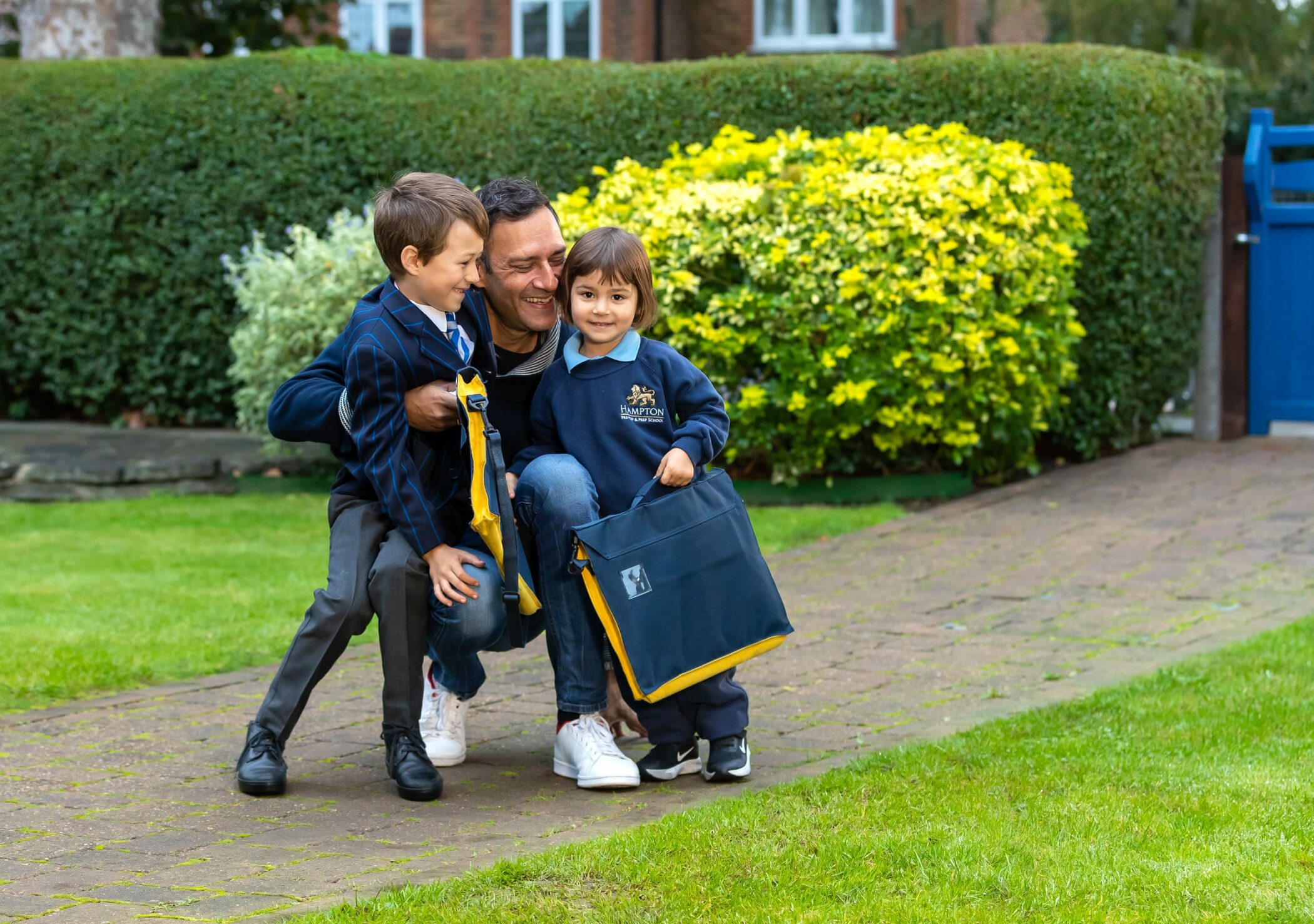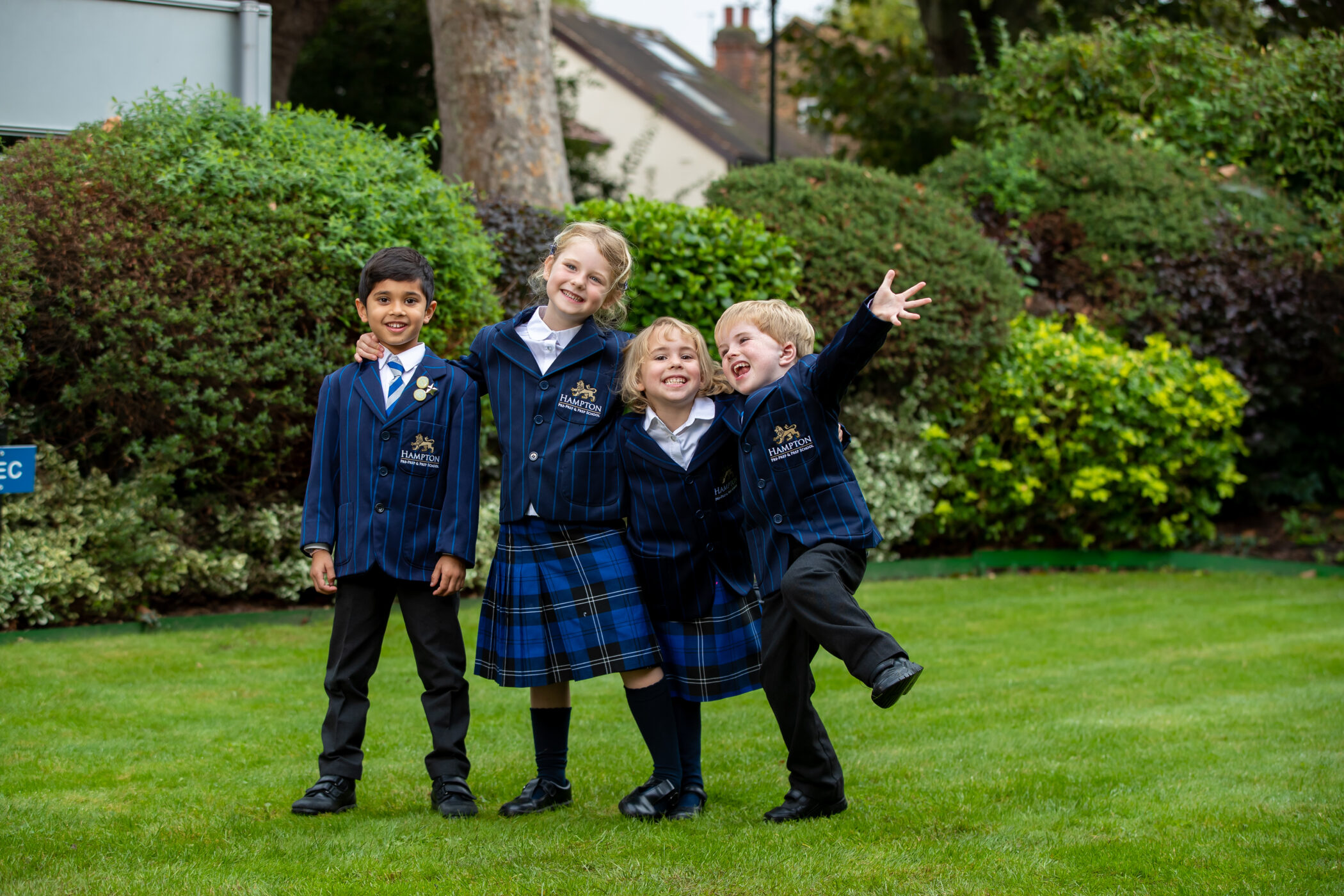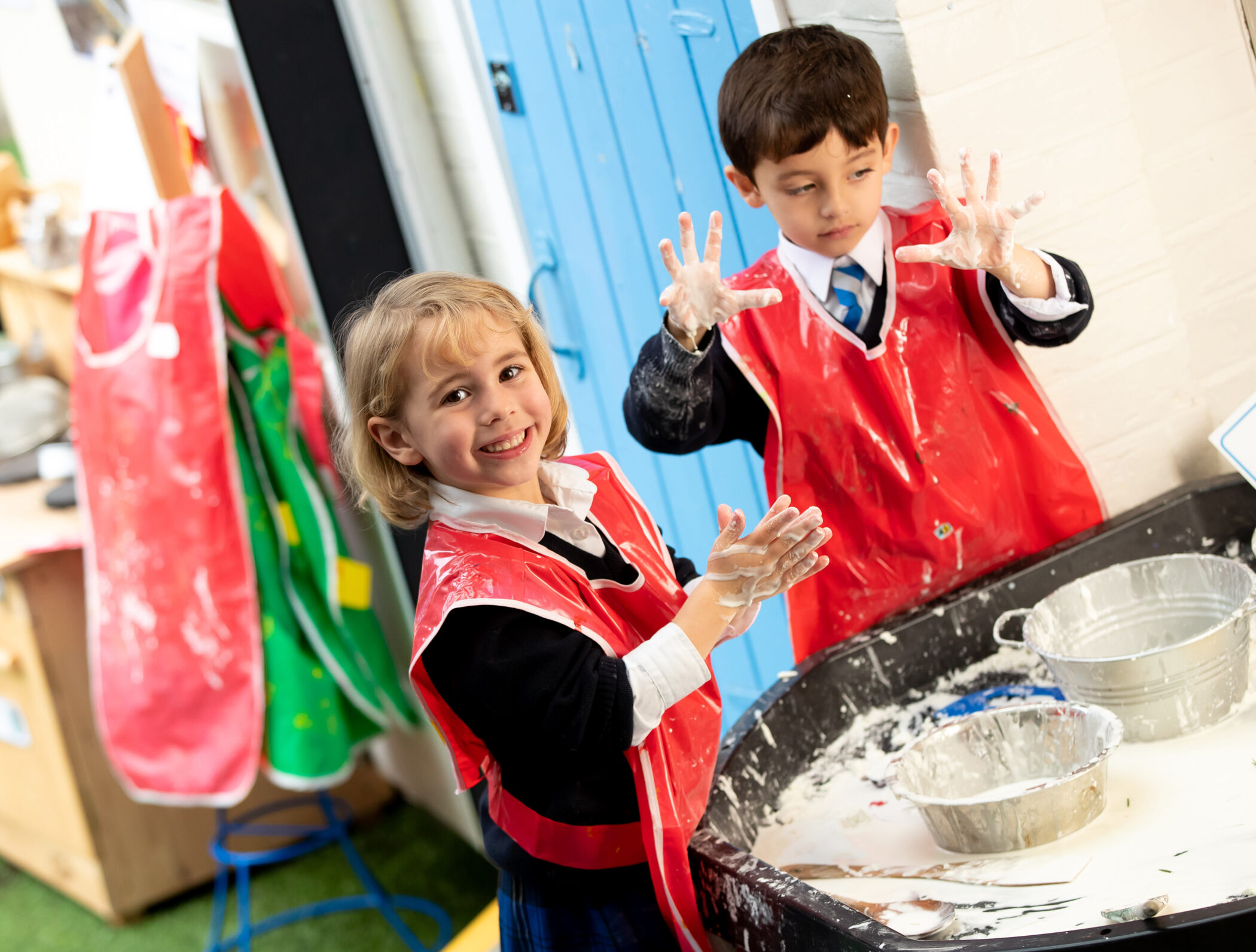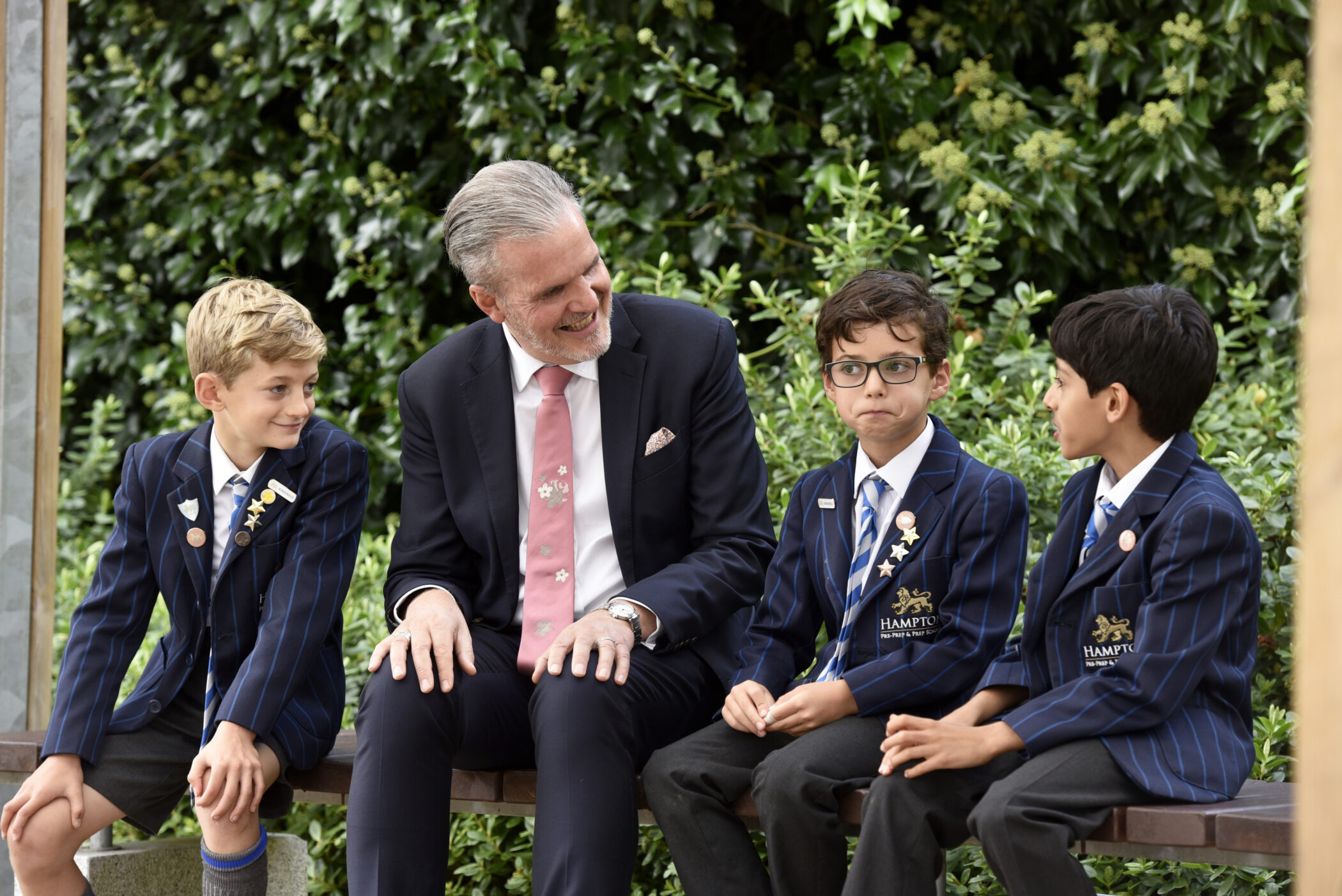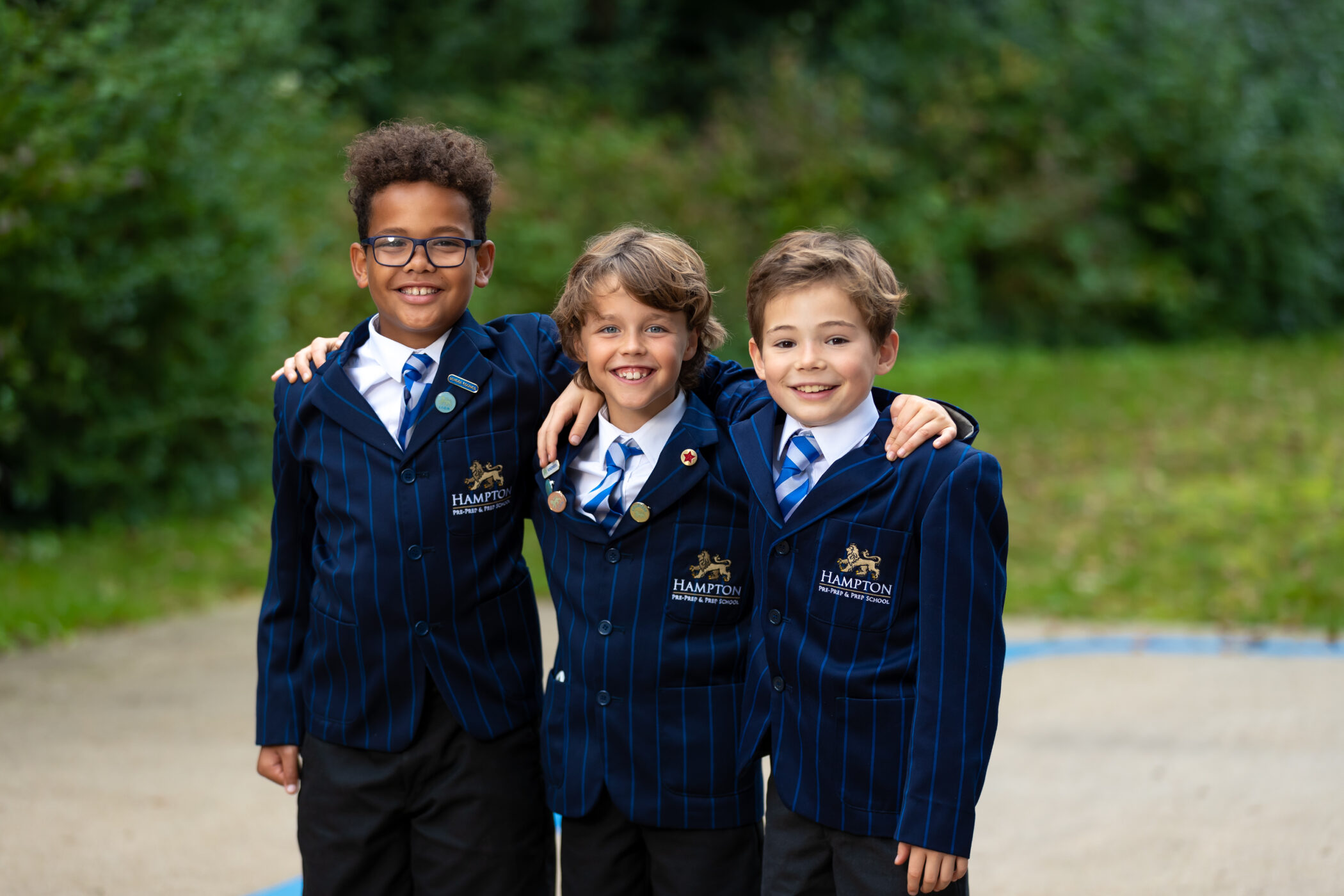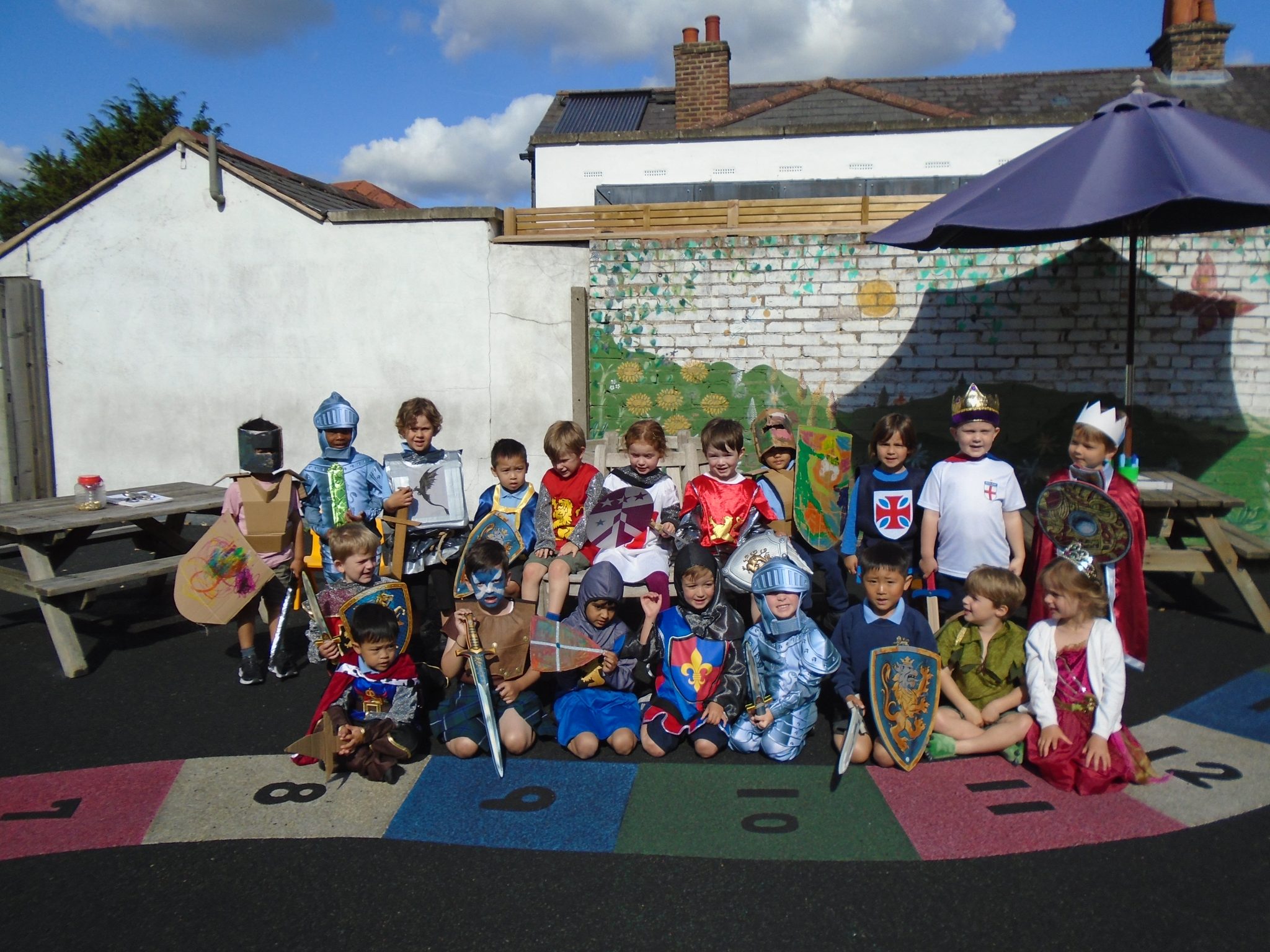Mrs G, the Beekeeper, visited on Tuesday dressed in her orange bee suit and told us all about her hives and honey bees, and the important jobs they do. We saw lots of photographs of her hives and bees, and saw an extremely close up photograph of her first Queen bee ‘Latifa’- all the worker bees were busy cleaning and feeding her! We also enjoyed watching a video of Mrs G’s bees busy working in the hive.
We enjoyed looking at Mrs G’s beekeeping equipment including the hive tool, smoker, bee brush and her very special gloves; she also wears rubber gloves over these to give her extra protection. Mrs G told us that the worker bees are the girls and they are the ones that fly from the hive to gather nectar and then pack it into their pollen basket which is on their back legs, before flying back to the hive and passing the nectar to a fellow bee. We also found out it is only the girl bees who sting but only ever sting if they feel threatened. The drones are the boy bees, however, unlike the worker bees, all they do is eat honey and sleep! Mrs G told us that the worker bees can fly 3 miles from their hive to find pollen and nectar and when they get back to the hive they do a waggle dance which is their way of talking to the others where to go to collect more pollen; we could not ‘beeee-ileve’ how clever they are!
One of the children made a ‘honey bee rescue’ poster that showed a swarm of bees on a lamppost – they had to call the bee rescue team. Mrs G explained what was happening in each photograph, we learned that the man needed to find the queen bee first using the one-handed bee catcher device and then the others followed to protect her.
We made our own bee watering station to put in Reception’s garden, as sometimes bees get exhausted because their wings are so small and the pollen can become too heavy for them – they need a good place to rest and have a drink. We filled a small dish with glass stones and topped it up with water. What a lot we know about bees now? Our most important job is helping to protect them in the environment!
Our topic next week is wild animals.


